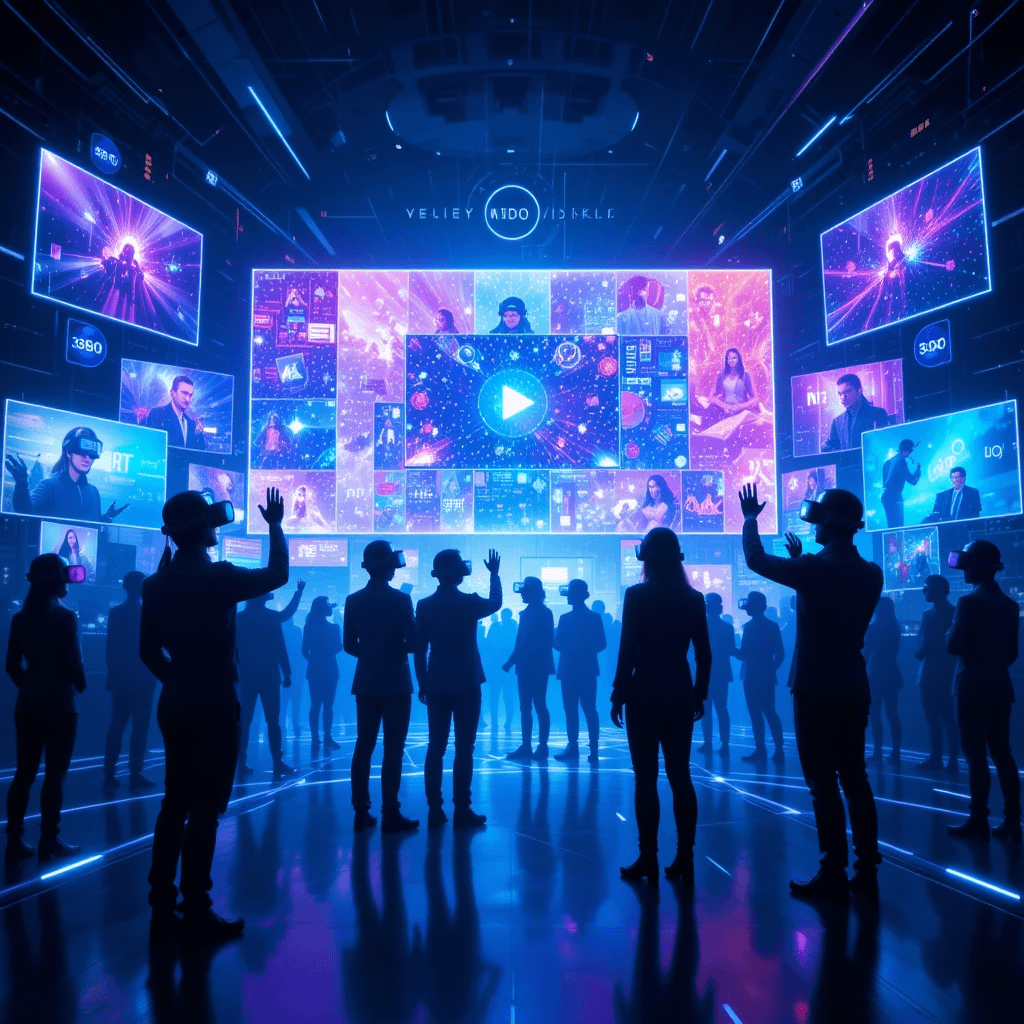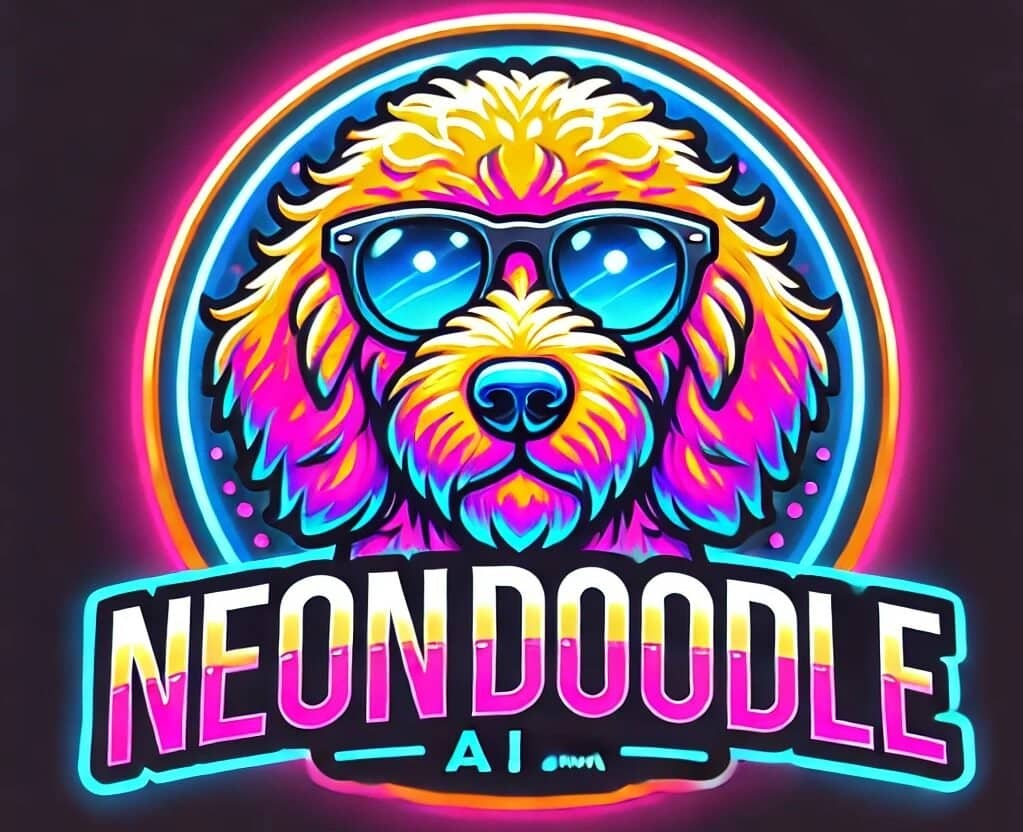
The realm of content strategy is in perpetual motion. For businesses to not only survive but thrive, continuous adaptation is paramount. Remaining at the forefront of emerging trends and innovative approaches is crucial for maintaining a robust brand identity and fostering meaningful connections with audiences in the ever-expanding digital sphere. The interplay of rapidly advancing technology and evolving internet usage patterns fundamentally reshapes how content is conceived, disseminated, and consumed. The established conventions are giving way to new paradigms.
This exploration delves into the defining characteristics of the next wave of content strategy, meticulously examining the impending forces poised to redefine how brands engage with their target audiences.
1. The Ascendancy of AI-Powered Content Creation and Optimization
Artificial intelligence is catalyzing a profound transformation across the entire content workflow. From initial conceptualization to post-publication performance analysis, AI offers a diverse suite of tools that streamline and enhance various aspects of content operations.
- AI in Content Ideation and Generation: AI’s capabilities extend to brainstorming compelling topics, crafting impactful headlines, and even generating preliminary drafts of articles or social media posts. These tools significantly accelerate the content creation process. However, the indispensable role of human oversight remains critical. Human writers are essential for reviewing and refining all AI-generated content, ensuring not only accuracy but also the preservation of quality and the authentic brand voice.
- AI for Content Personalization and Distribution: By meticulously analyzing vast amounts of user data, AI facilitates the delivery of content that resonates deeply with individual preferences. Consider a website dynamically presenting different articles to various visitors based on their browsing history and past interactions. AI makes such granular personalization possible by comprehending individual user desires and intelligently distributing content across diverse channels, thereby cultivating a significantly enriched user experience.
- AI in Content Performance Analysis and SEO: AI excels at predicting content success and identifying novel optimization opportunities for search engines. This includes uncovering niche keywords that human analysis might overlook. Furthermore, AI automates the generation of comprehensive reports, providing clear, actionable insights into content performance, enabling teams to make data-driven decisions with unprecedented speed and efficiency.
2. Hyper-Personalization and Sophisticated Audience Segmentation
Modern consumers harbor an implicit expectation for content tailored precisely to their individual needs. Generic messaging, increasingly, falls on deaf ears. Therefore, the ability to customize content to individual preferences has never been more critical.
- Leveraging Data for Deep Audience Insights: Businesses are increasingly harnessing their proprietary customer data and meticulously analyzing online user behavior. This granular approach facilitates a profound understanding of distinct audience segments, revealing their habits, preferences, and underlying motivations. Such deep insights are instrumental in crafting truly targeted and impactful content.
- Creating Contextual and Personalized Content Experiences: Leading brands are exemplary in their ability to deliver highly personalized content experiences. This manifests in various forms, from email campaigns suggesting products based on purchase history to websites dynamically displaying articles aligned with individual interests. Social media advertisements, too, are increasingly contextualized to reflect recent searches and online activities. This approach transforms content from a mere sales pitch into a valuable, helpful resource, fostering deeper, enduring connections with the audience.
- The Role of AI in Scaling Personalization Efforts: Historically, delivering unique content to a large audience presented significant logistical challenges. AI dramatically alters this landscape, empowering businesses to offer bespoke experiences to vast numbers of individuals without compromising quality. AI’s ability to rapidly process and analyze data enables the seamless matching of the right content with the right person at the optimal time.

3. The Dominance of Video and Immersive Content
Visual content continues its inexorable rise, with video and interactive formats assuming an increasingly dominant role. Consumers are allocating more time to watching and actively engaging with dynamic and compelling content.
- Short-Form Video’s Enduring Appeal: Short-form video formats, popularized by platforms such as TikTok, Instagram Reels, and YouTube Shorts, maintain their immense popularity. Their ability to capture attention rapidly necessitates creativity and conciseness. Brands are strategically leveraging these platforms to disseminate quick tips, offer behind-the-scenes glimpses, or initiate engaging challenges, thereby keeping their audiences consistently captivated.
- The Growth of Live Streaming and Interactive Video: Live broadcasts are experiencing a significant surge in popularity. Brands are hosting live Q&A sessions with industry experts, conducting interactive online workshops, and showcasing new products in real-time. The advent of shoppable videos, allowing direct purchases within the video itself, further enhances interactivity. These dynamic video formats actively invite audience participation, cultivating stronger community bonds.
- Exploring Extended Reality (XR) and Immersive Storytelling: Emerging technologies like augmented reality (AR) and virtual reality (VR) are still in their nascent stages but offer unprecedented opportunities for brands to tell immersive stories. Imagine virtually trying on clothing via AR or embarking on a virtual tour of a product. These immersive experiences possess the potential to create indelible memories and offer a glimpse into the future of brand engagement.
4. Community Building and the Power of User-Generated Content (UGC)
A growing imperative for brands is to cultivate strong, engaged communities of followers and leverage the authenticity of content created by their own users. This approach fosters genuine trust and deeper connections.
- Strategies for Building and Nurturing Brand Communities: Establishing dedicated online spaces where individuals can connect – be it a forum or a private social media group – is fundamental. Brands should actively encourage discussions, shared interests, and promptly respond to comments and questions. Facilitating connections between consumers and the brand, as well as among consumers themselves, significantly strengthens loyalty, transforming mere customers into fervent advocates.
- The Power of Authentic User-Generated Content: User-generated content (UGC), encompassing customer reviews, photos, or videos, holds immense power. Consumers inherently trust UGC more than traditional brand advertisements due to its perceived authenticity and honesty. Actively soliciting customer experiences and showcasing the most compelling UGC across brand channels serves as powerful social proof, demonstrating genuine affection for the brand.
- Monetizing and Rewarding Community Contributions: Recognizing and rewarding loyal community members is a powerful strategy. This can involve offering exclusive deals, providing early access to new products, or delivering proprietary content. Some brands even collaborate with their most influential fans as brand ambassadors, not only acknowledging their dedication but also amplifying brand reach.
5. Evolving SEO and Discoverability Beyond Traditional Search
The landscape of content discovery is undergoing a significant transformation, extending far beyond the confines of conventional Google searches. New avenues of discoverability are fundamentally reshaping how content gains visibility.
- Voice Search and Conversational AI Optimization: The increasing adoption of voice assistants necessitates a shift in content optimization. Content must be structured to answer natural language queries, such as “Siri, where’s the closest coffee shop?” Optimizing for longer, conversational phrases, reflecting natural speech patterns rather than just keywords, is crucial for ensuring content appears when users interact with their voice-enabled devices.
- Visual Search and Image Optimization: Images are increasingly becoming searchable entities. Users can now snap a photo of a plant for identification or search for similar outfits online. Therefore, ensuring high-quality images with clear, descriptive filenames and alternative text (alt-text) is paramount. This enables visual search engines to accurately understand and display your content.
- Content Discoverability in Social Feeds and New Platforms: Social media algorithms dictate content visibility. To gain exposure, content must be inherently engaging within these platforms. A thorough understanding of each social media site’s algorithmic nuances is essential. Furthermore, exploring newer, niche platforms presents additional discoverability opportunities. Content strategy must adapt to the evolving ways in which people discover information outside of traditional search engines.
6. Sustainability and Ethical Content Practices
Corporate responsibility is emerging as a critical differentiator for brands. The manner in which content is created and shared carries significant weight, as consumers increasingly seek to support brands that prioritize more than just profit.
- The Demand for Transparent and Authentic Brand Messaging: Modern consumers demand honesty from brands and actively seek companies with clearly articulated values. Brands must transparently communicate their mission and their commitment to ethical practices. Sharing philanthropic endeavors or sustainability initiatives builds trust and fosters deeper connections with consumers who resonate with authentic and principled brands.
- Reducing the Carbon Footprint of Digital Content: Even digital content has an environmental impact. Websites and streaming services consume energy. Brands can mitigate their digital carbon footprint by optimizing content delivery, utilizing smaller file sizes, and opting for green hosting services. These measures contribute to more eco-friendly content production.
- Ensuring Accessibility and Inclusivity in Content: Content must be universally accessible and inclusive. This entails incorporating captions for videos, employing clear and concise language, and designing websites that are navigable for individuals with disabilities. Creating content that embraces everyone demonstrates respect and significantly expands audience reach.
Conclusion
The future of content strategy unequivocally demands agility. Brands must leverage data-driven insights to make intelligent, informed decisions. Maintaining flexibility in strategy will be the cornerstone of sustained success.
Crucially, human creativity and empathy remain indispensable. Even amidst technological advancements, the human touch imbues content with a unique quality. Consumers connect with authentic stories and genuine voices, underscoring the enduring importance of human ingenuity.
Content strategy will continue its dynamic evolution. Continuous learning and iterative adaptation of plans are not merely advisable but essential. This ongoing journey ensures success in the years to come, navigating the complexities and opportunities of the ever-changing digital landscape.


